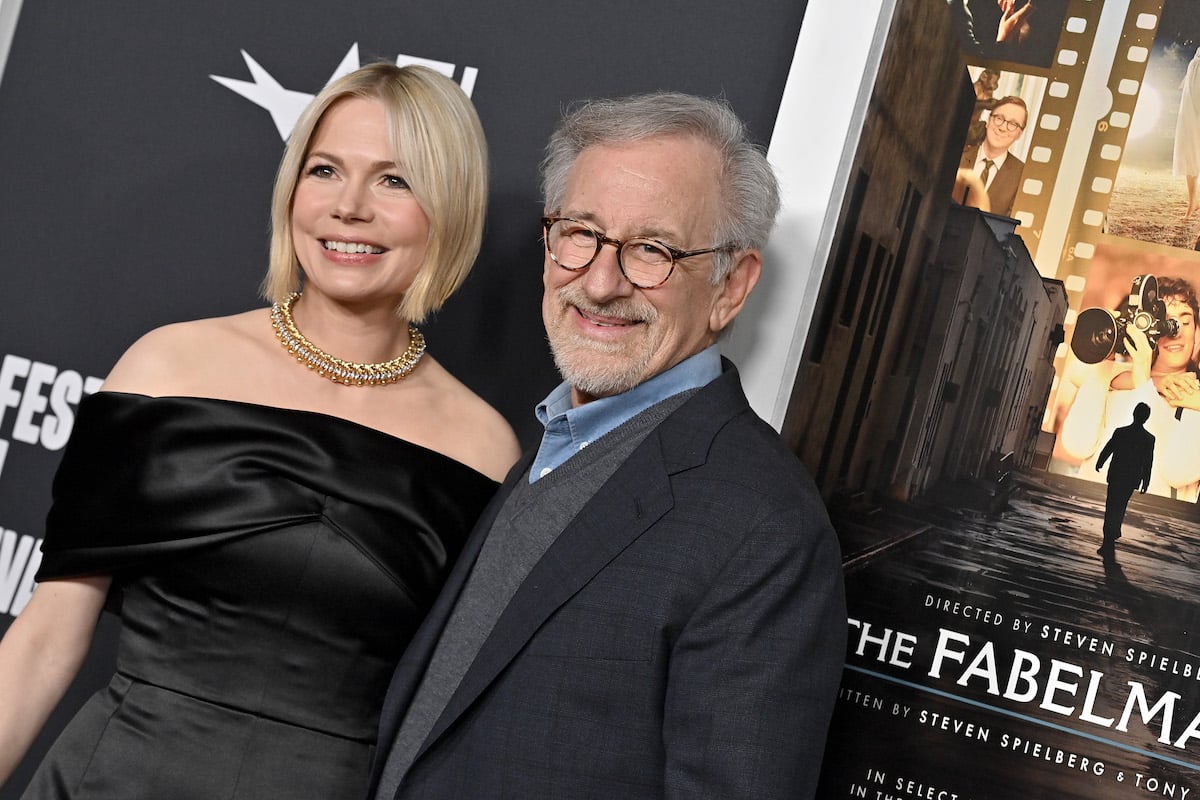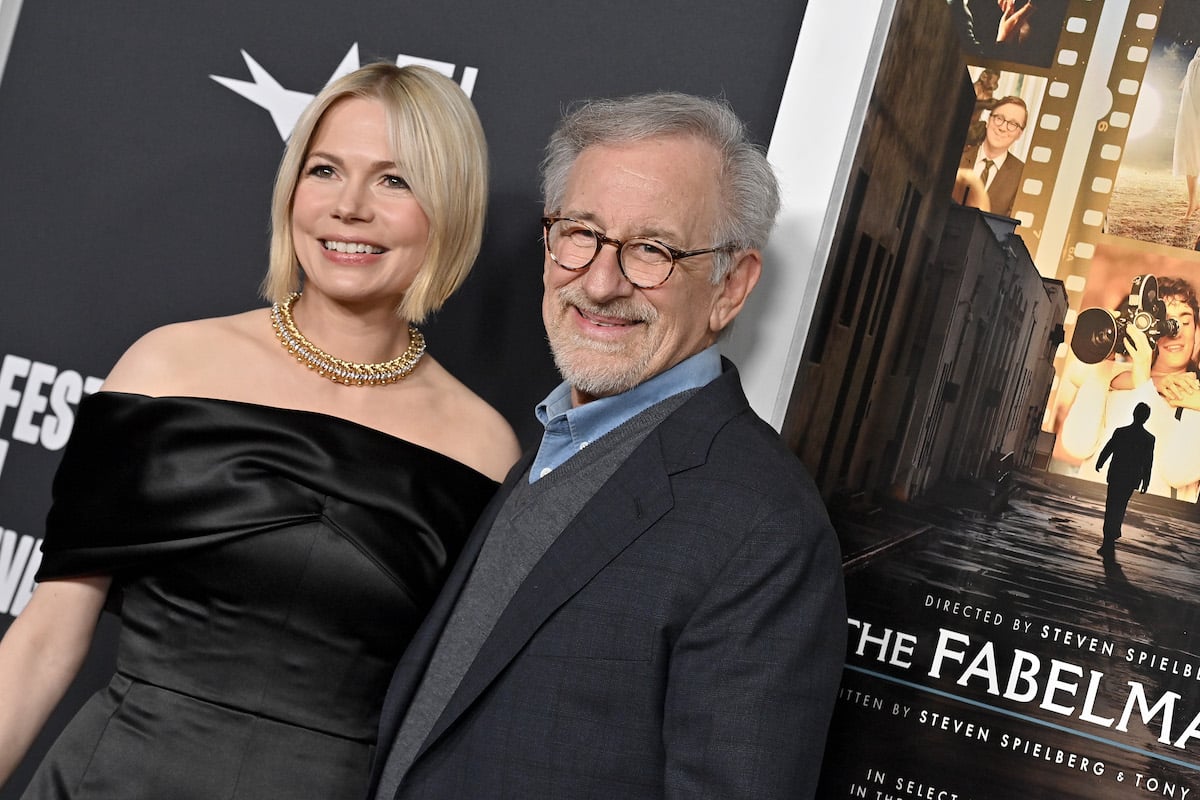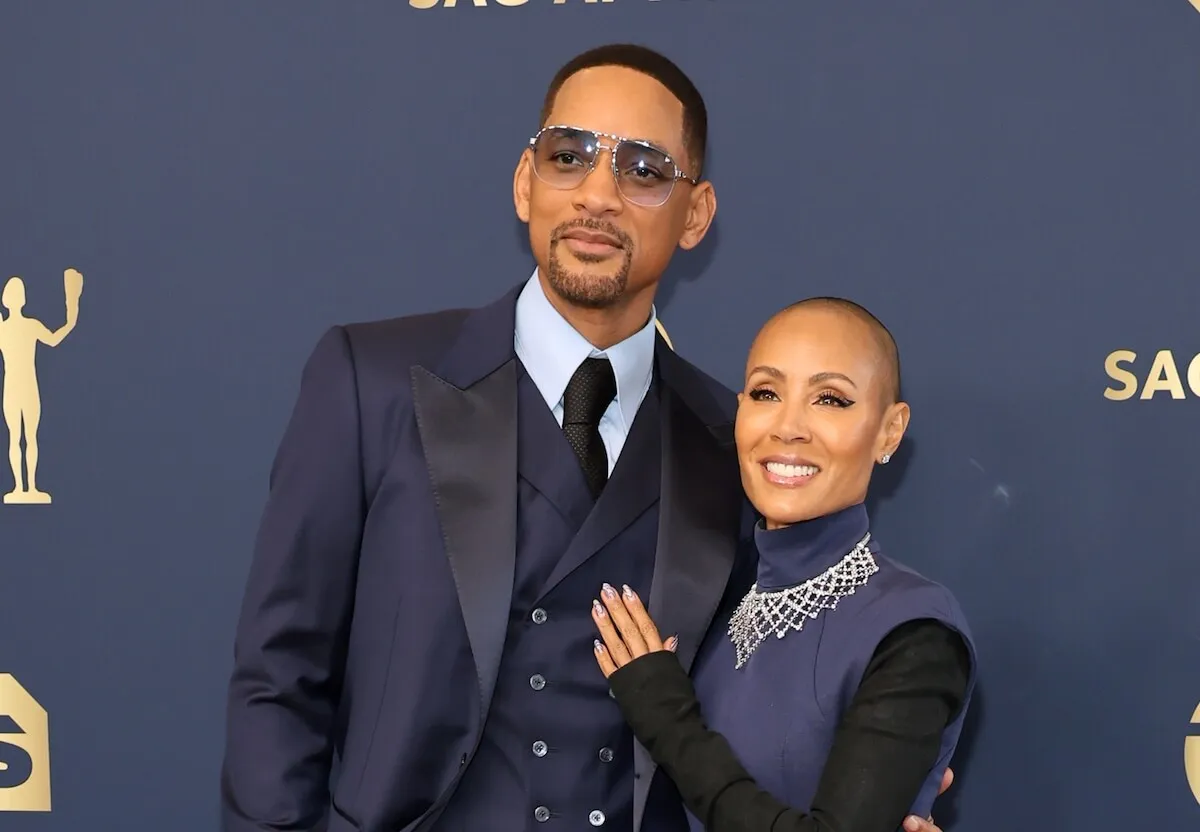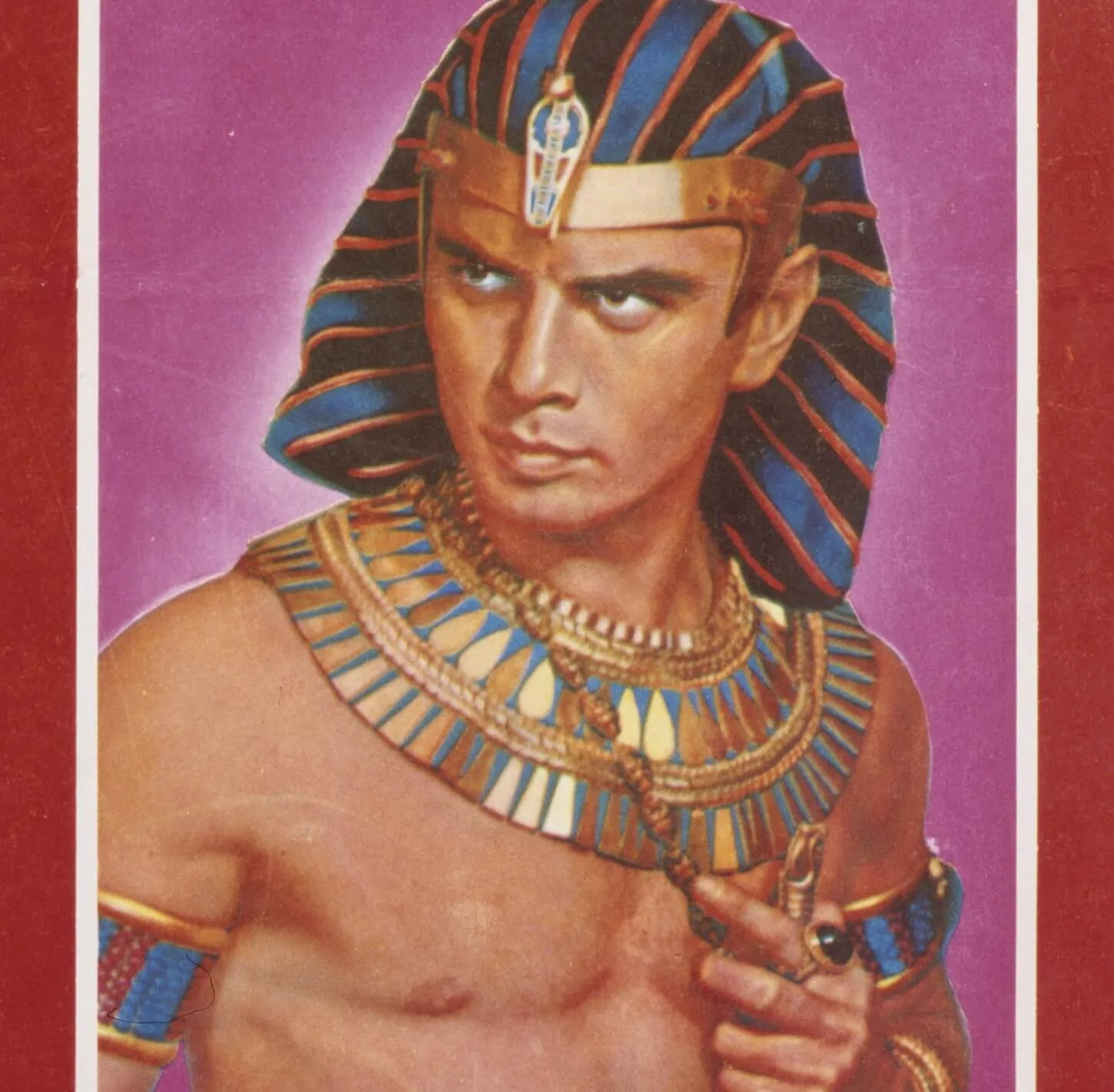
‘The Fabelmans’: Steven Spielberg’s Real-Life Boy Scout Experiences Inspired the Coming-of-Age Film
Even Steven Spielberg’s biggest movies tend to have deep personal connections. After indirectly tapping his youth for decades, the renowned filmmaker brought his childhood onto the screen with his semi-autobiographical drama The Fabelmans.
From boy scout adventures to parental conflicts, the film converts Spielberg’s mythologized past into a cinematic daydream already generating awards-season buzz.
‘The Fabelmans’ recreates Steven Spielberg’s childhood

The setting for The Fabelmans is nearly identical to the world Spielberg inhabited during his formative years in Scottsdale, Arizona. At the movie’s core, young Sammy Fabelman (Gabriel LaBelle) grows up under the wings of two opposing forces. His mother is a piano player (Michelle Williams), and his father (Paul Dano) is very science-minded.
Filling out the top of the cast: Seth Rogen plays a close family friend. Judd Hirsch (Independence Day) portrays an influential uncle who offers timely words of wisdom.
As Sammy falls in love with movies, we see many elements Spielberg has faced on screen for years. The prodigious Sammy sees the world through movie cameras. But his father in The Fabelmans hopes he will give up the daydreams for a life in science. “In this family, it’s the scientists versus the artists,” says Sammy’s mother in the trailer, creating an ongoing conflict that Sammy (and Spielberg) has to navigate.
His mother’s inspiration seems to be lifted directly from Spielberg’s life. Shortly after she died in 2017, Spielberg called his mother, Leah Adler, his “lucky charm” and previously dedicated Schindler’s List to her (per Variety). His mother also connects another major theme seen in The Fabelmans.
While the family experienced antisemitism, Adler once said Spielberg regularly stood up to fight the bullying.
Steven Spielberg was once a movie-obsessed boy scout
For decades, Spielberg has brought bits and pieces of his life onto the screen. In 1989, he addressed the National Scout Jamboree to celebrate the addition of cinematography to the merit badge program. “It taught me how to make eye contact, to speak out when I had something important to say,” Spielberg said about his experience as a Boy Scout, as relayed by the Washington Post.
Filmmaking wasn’t technically merit badge-worthy in the early ’60s. But Spielberg’s troop leader made an exception for the enthusiastic 13-year-old. Spielberg shot a short film on 8 mm, which met with wild cheers from the troop (via Flickering Myth). Despite the unconventional route, the troop gave him his photography merit badge.
The intersection of Boy Scouts and Spielberg’s childhood also have an important place in The Fabelmans. In the trailer, Sammy is wearing his red Boy Scouts bandana. We also see him cruising on a bike flanked by fellow Scouts (per Scouting Magazine).
While adventurous bike riding comes with shades of E.T., we also see young Sammy filming some sort of war film in the middle of the desert. Complete with actors who seem to be Scouts, the film within the film appears to directly channel the movie Spielberg made to earn his merit badge.
‘The Fabelmans’ expands on classic Spielbergian themes
Spielberg’s speech to the Boy Scouts came only a few months after introducing the world to a young Indiana Jones. The titular character naturally made the same transition from boy to man in a Boy Scouts uniform.
Indiana Jones and the Last Crusade was technically a high-profile Hollywood sequel. However, everything from the setting to Indy’s relationship with his challenging father (Sean Connery) echoes Spielberg’s childhood. The young Indy scenes were filmed in the familiar backdrop of Arches National Park in southern Utah. Spielberg would have seen the same type of red rock desert-scapes on scout trips near his hometown of Scottsdale.
The disapproving father figure looms large over a young Sammy in The Fabelmans, essentially the same conflict we see in Last Crusade. While Indy goes off to make his mark with unconventional methods, his father insists on the methodical, scientific approach. Spielberg even said that adding a father figure, and casting Sean Connery, was the biggest contribution he made to the series, reports Entertainment Weekly.
But the art vs. science debate of The Fabelmans was already fleshed out in another Spielberg masterpiece. After his breakout moment with Jaws, Spielberg made Close Encounters of the Third Kind. The movie is filled with memorable imagery and wild alien encounters. However, it’s also grounded by realistic scientists trying to grapple with the impossible. Even as Spielberg chases his artistic impulses, the conflict with the scientific world deepens the mystery and adds to the movie’s magic.
As a famous story goes, Spielberg was visited on set by his good friend George Lucas, who was frantic about the possible failure of Star Wars: A New Hope.
Seeing the impressive Close Encounters set, Lucas was convinced it would be a much bigger hit than Star Wars. He struck a deal with Spielberg to provide a little insurance (per TCM). Spielberg and Lucas exchanged 2.5% of the (back-end) profits of the two movies, a deal that has since become a Hollywood legend.


